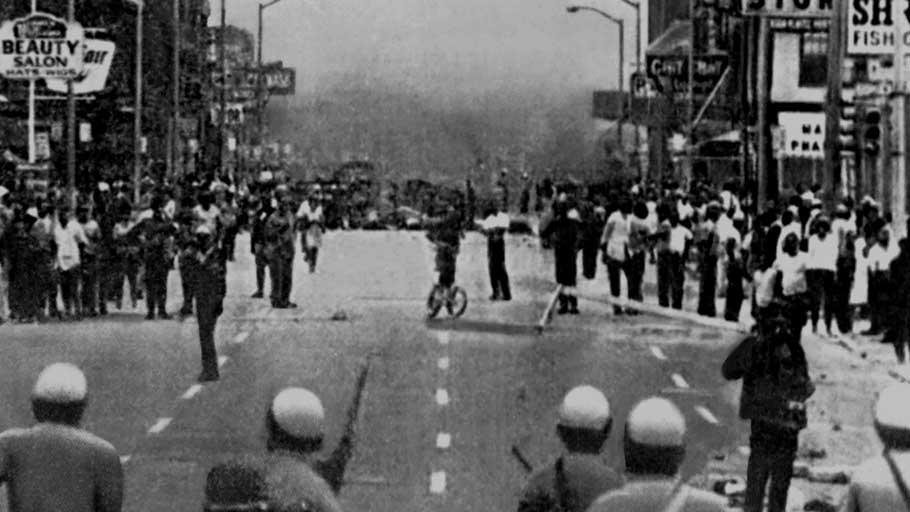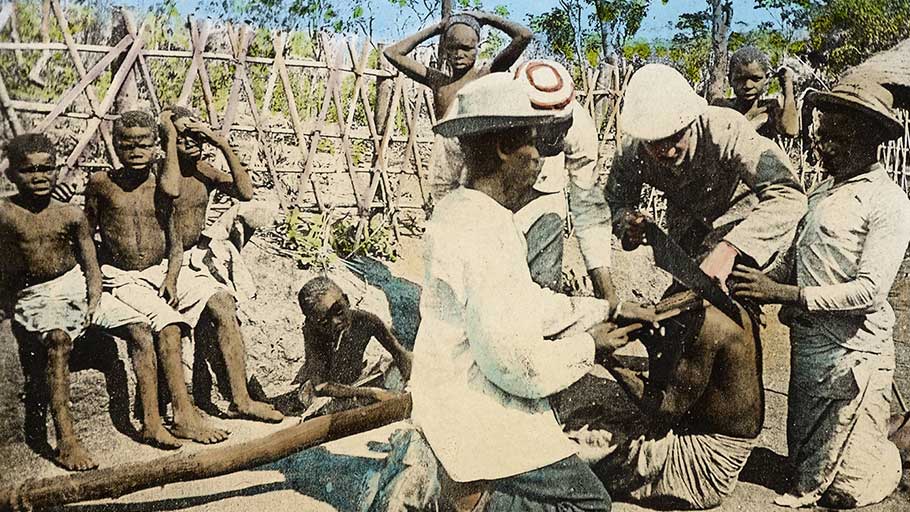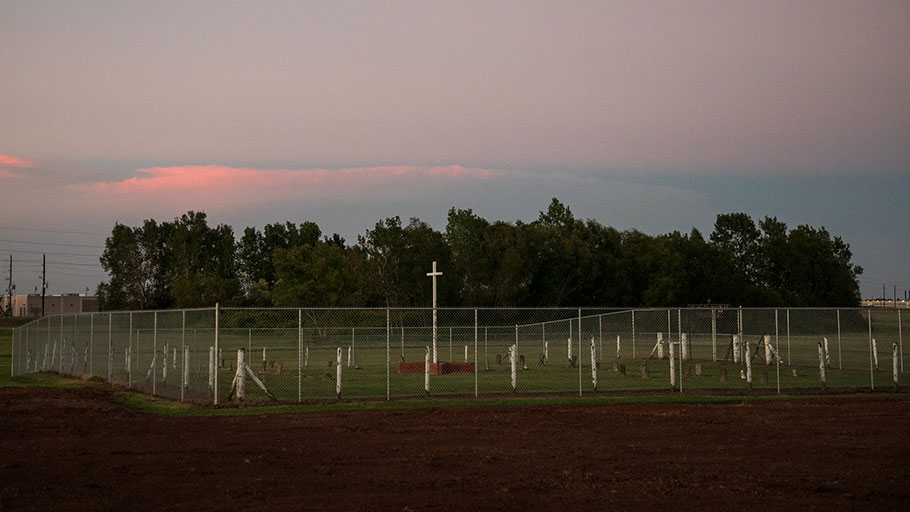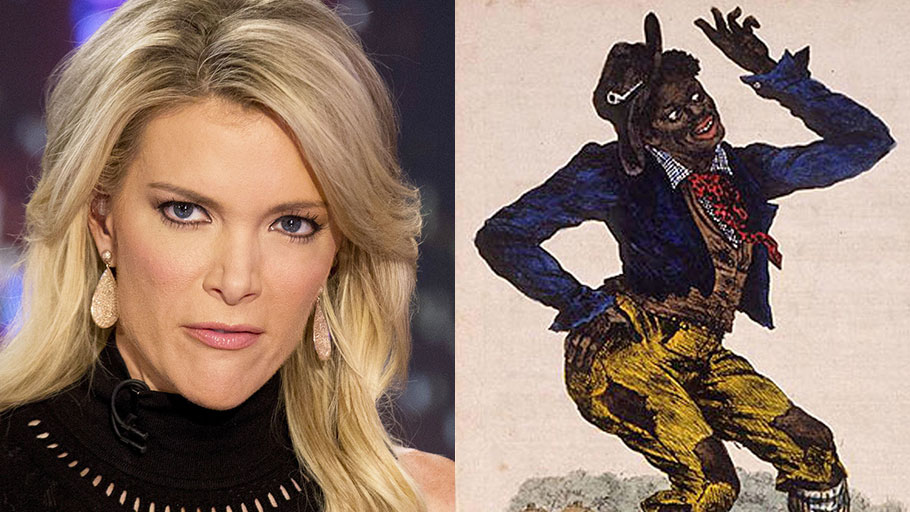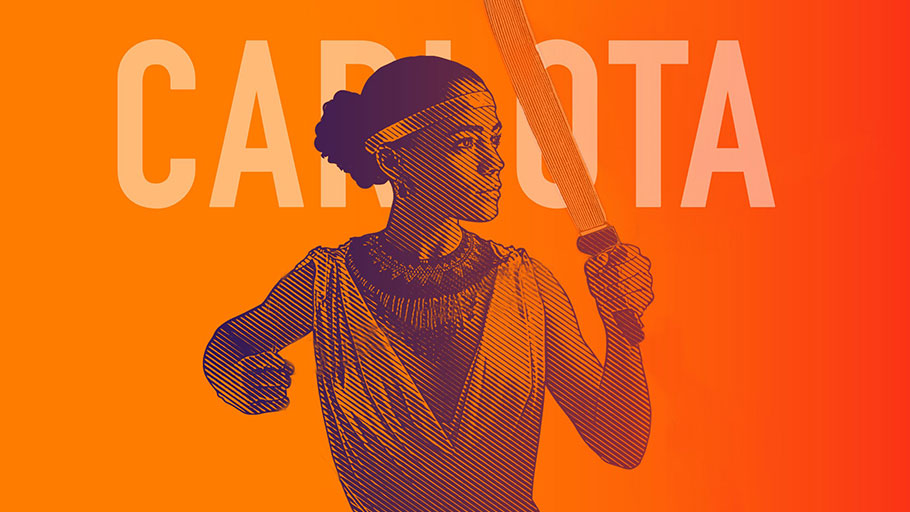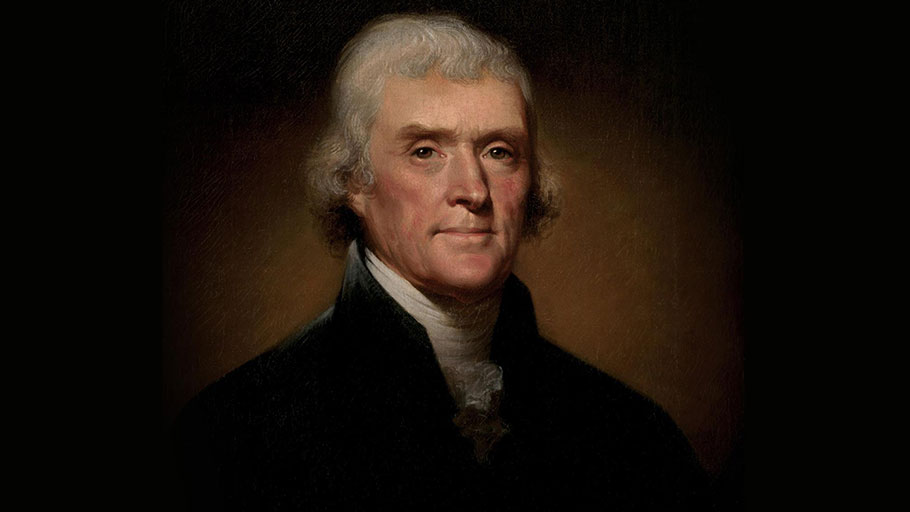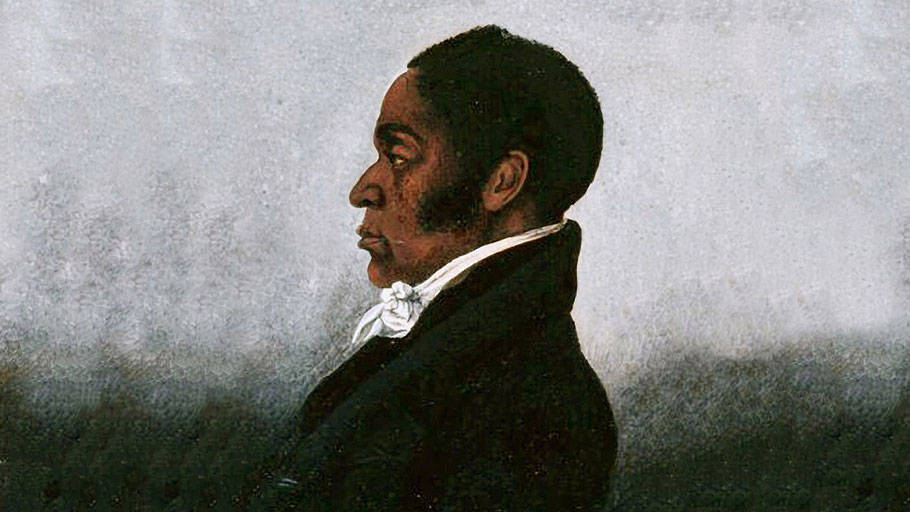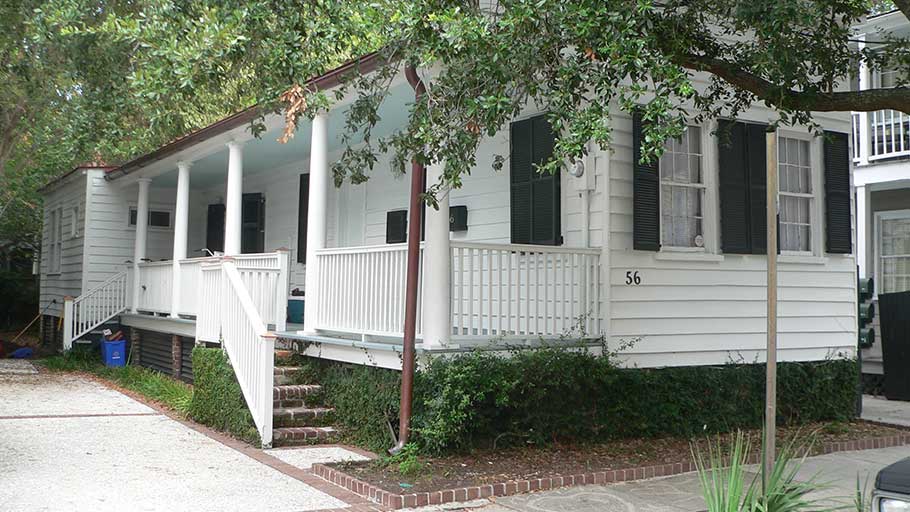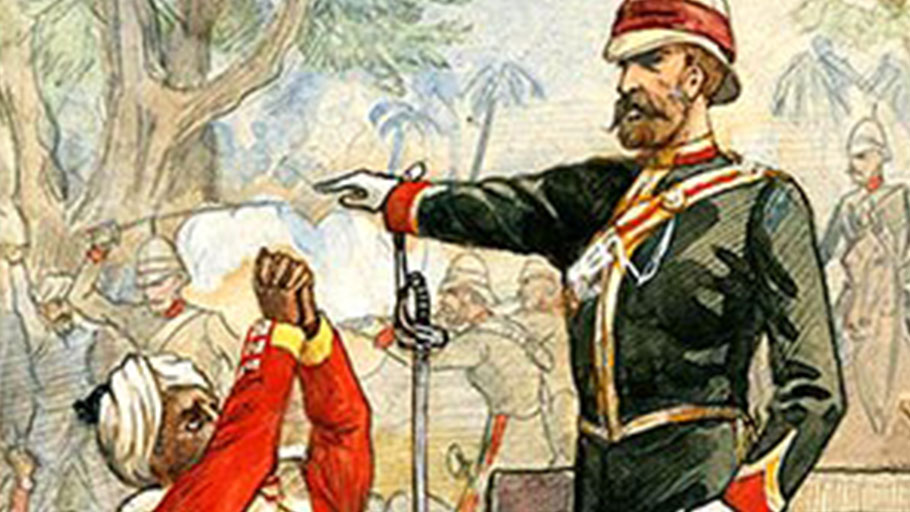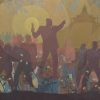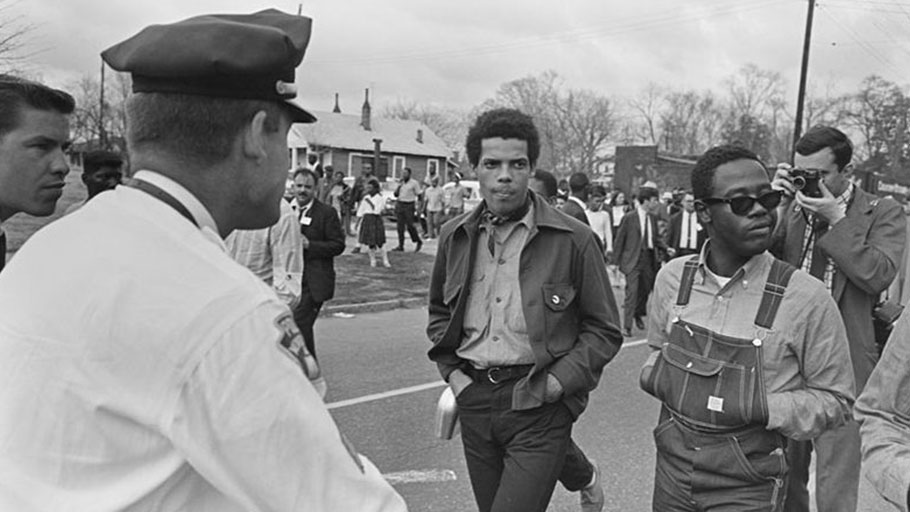
By Ashley Farmer, Black Perspectives — “Learn from the Past, Organize the Future, Make Democracy Work.” This is the mission statement that greets visitors at the SNCC Digital Gateway—a wide-ranging, collaborative website that documents and animates the history of the Student Non-Violent Coordinating Committee (SNCC). Founded in April 1960 under the guidance of veteran activist Ella Baker, SNCC became a leading civil rights organization due to countless young organizers who engaged in voter…

